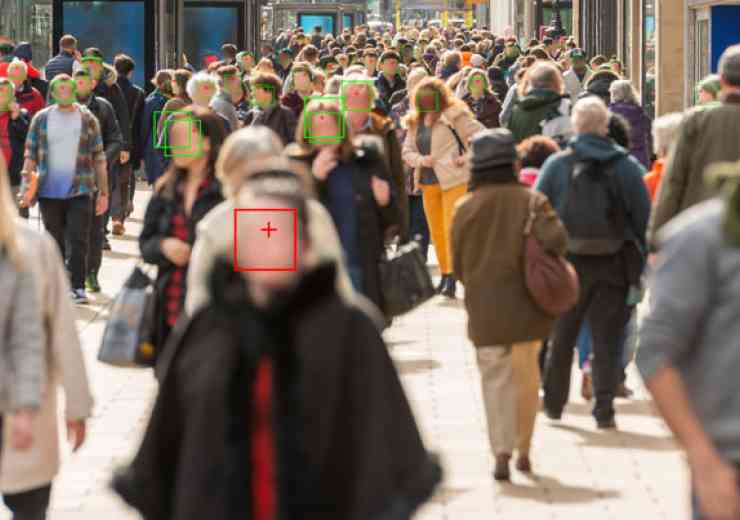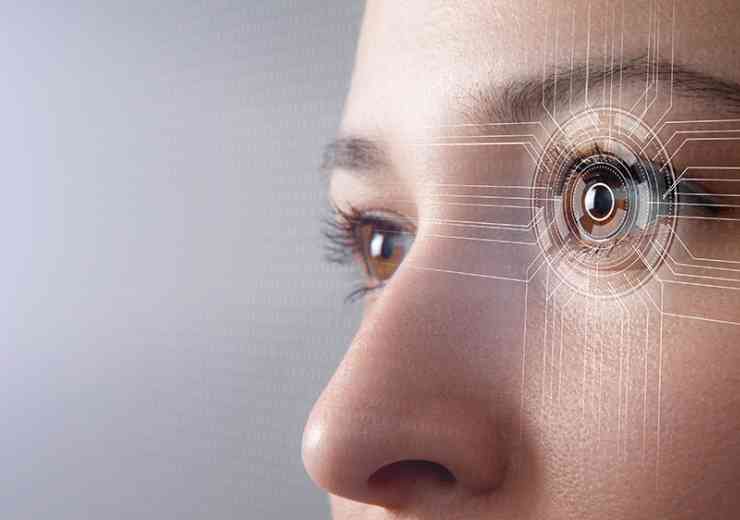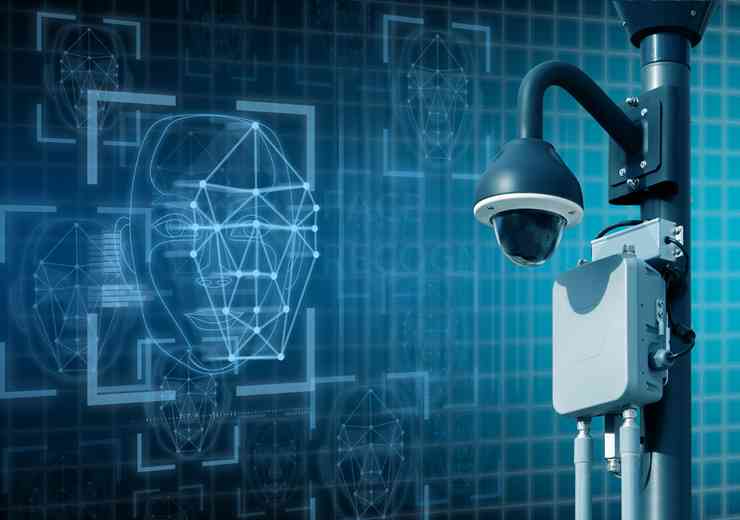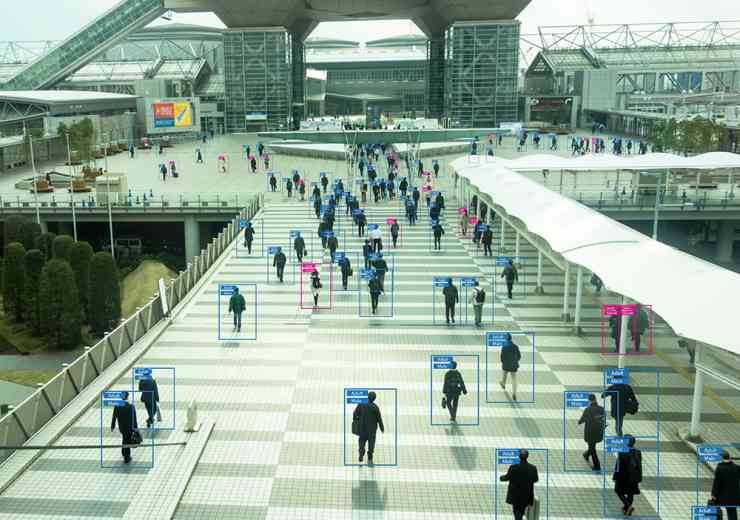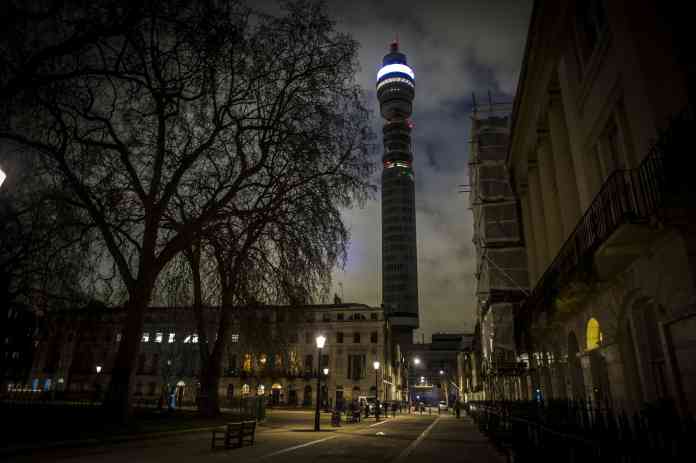
Stay safe, get smart: the move to smart cities
Keeping roads and rails moving
A recent survey by BT and the Municipal Journal found that the main driver behind building a smart city was to improve traffic and transport management. Whether that’s reducing congestion, preventing bike theft, increasing safety on railway platforms or watching out for potential terrorist threats, there are plenty of surveillance solutions that can help.
Transport for Greater Manchester (TfGM) is a great example. They wanted to see whether real-time surveillance of traffic lights could help them ease congestion at a busy supermarket junction. To really put it through its paces, they decided to test it at Christmas.
They placed a Minicam – a portable camera that’s easy to fix wherever there’s a power source – at the top of the traffic lights, watching vehicles flow in and out of a car park. Traffic controllers were able to keep an eye on congestion and change timing patterns on the lights whenever they needed to. It went so well that TfGM didn’t just keep the camera at the trial site, they bought 40 more to put at other traffic hotspots.
Giving back-up to the police
High-quality surveillance footage is, of course, foremost a tool for the police. It can be very persuasive, both in and out of the courtroom. Real-time surveillance can help catch offenders red-handed; mobile surveillance can livestream local CCTV images directly to the smartphones of officers on the ground. Or in the air. Smartphones, vehicles, drones and helicopters are all used to stream data and view video. It means decision-makers can work anywhere. Images and videos can form strong evidence in an investigation. And they can help police crackdown on terrorist threats too. See what Sol N’Jie from Sol Management Services has learned from the surveillance work he does with drones.
The CCTV in Sussex is the joint responsibility of the police and local authorities across the county. They used to have nine separate systems covering 30 towns. Police officers had to drive to relevant control rooms to collect video evidence, racking up 180,000 miles a year. Now they have a single control room covering the entire county, while officers can access any camera from their local station. No more driving, no more wasted time and expense.
They’ve also put CCTV playback facilities in their custody suites. Showing suspects HD-quality video evidence against them is leading to swift guilty pleas – cutting out time in court. Freeing up the cells quickly also saves them time and resources. They believe these early admissions are saving them over £1,000 per case. Learn more about it here.
Generating revenue for local authorities
Local authorities watch out for communities in so many ways. Traffic, crime, community safety, environmental factors, social services, energy usage. And you need to keep the public safe at large-scale events in your area, whether they’re one-offs or annual events.
Gloucester City Council knows all about this. Its surveillance system was fading fast when it found out they’d be hosting the 2015 Rugby World Cup. That meant an influx of teams from 20 nations, their entourages and thousands of visitors. The budget wouldn’t stretch to a total replacement, so the team decided to upgrade their old analogue service to digital.
The new system included an IP fibre network, high definition digital cameras, and a revamped control room. But that wasn’t all. The council were the first in the UK to use the CCTV infrastructure to carry their wi-fi access points, blanketing key areas with free public Wi-Fi. By bundling the CCTV, control room and Wi-Fi together, they estimate they saved around £90,000 compared to separate initiatives. The take up of the Wi-Fi has increased every month, and the improved safety and wellbeing of their residents are a legacy that continues long after the roar of the World Cup crowds faded away. You can get the full story here.
We understand that, for many authorities, budgets are already stretched to the limit. But a modern surveillance system isn’t just about cutting costs. It can also help generate revenue.
Calderdale Metropolitan Borough Council didn’t just switch their system from analogue to digital. They found a way to make it earn its keep. Their Command and Control centre works with many different surveillance systems, meaning they can keep an eye on private sector buildings as well as their own public services. They control over 100 cameras for a nearby social housing association and provide out-of-hours CCTV coverage for a local shopping centre. Find out how they’re creating a very welcome revenue stream without any extra resources required here.
And remember the combined sensor for parking and air quality? Adrian Sutton told our summit that on-street parking is about 30 per cent inefficient. But parking is a local authority’s second-highest form of revenue. These sensors have the power to help you fill those parking spaces, making sure you raise as much money as possible to put back into the community.
Turn your Command and Control to a City Observatory
So, where does all this data go? At the heart of any smart city management infrastructure is its control centre. And there’s a lot more going on than just CCTV monitoring. All digital streams flow here. From cameras, traffic sensors, personal healthcare trackers, pollution sensors, water level sensors, water quality sensors, fire and intruder alarms. Feedback from drones. Images from body-worn video cameras.
Bring it all together, with software that can process, analyse and collate this disparate data, and you’ll get the bigger picture. Insight into all that’s going on. Plus, with one central hub, you know that all data is subject to the same rules and processes. And that makes it easier to tick all the boxes when it comes to data protection. You can be confident in your compliance. And there’s only one place to audit, too. Quicker, easier, less of a dent in your budgets.
A single control room also helps ease the burden of more time-consuming work. Information comes directly to the right staff. You can set up automatic alerts to notify frontline services in certain situations, for example when someone leaves a bag unattended. Maybe one day, AI will take complete responsibility for monitoring the feeds. Could this be where we’re heading?




